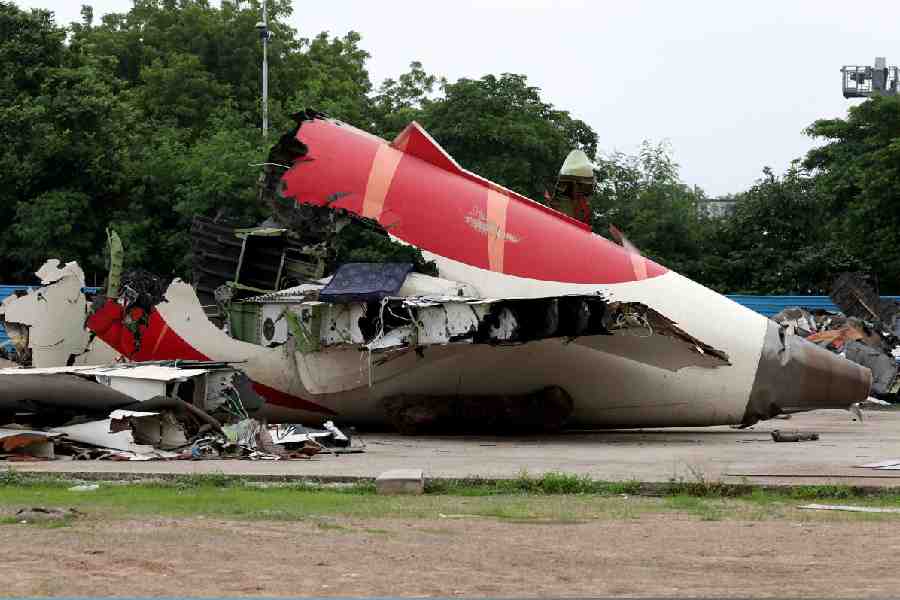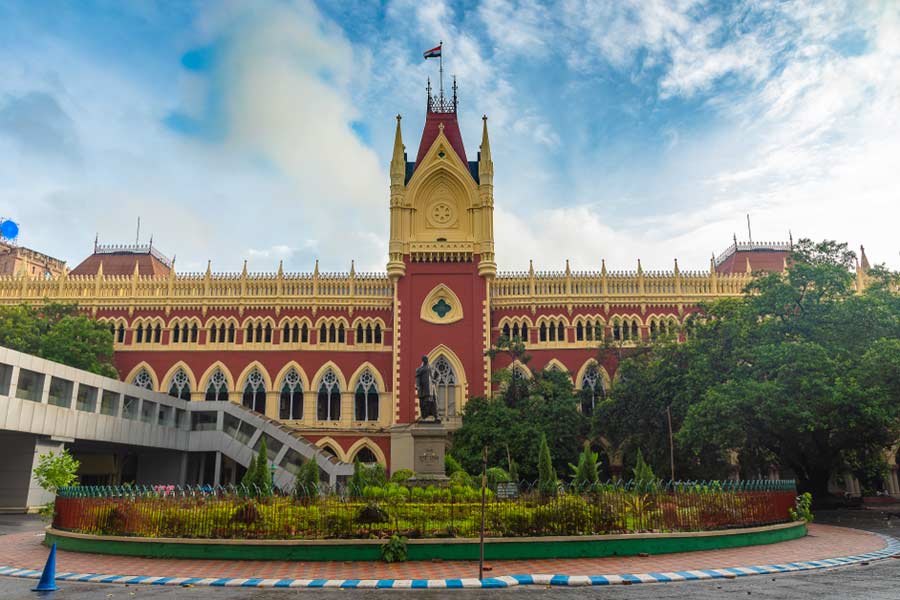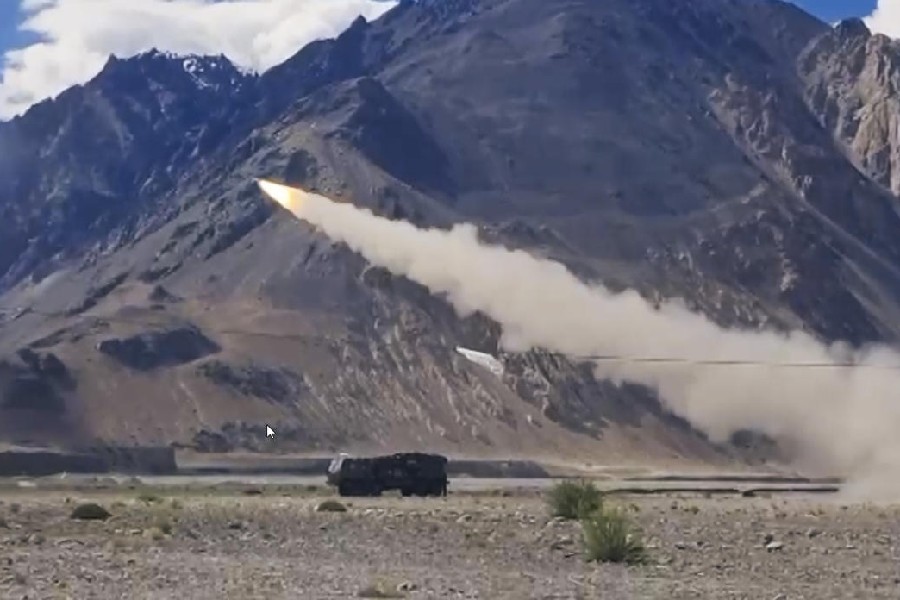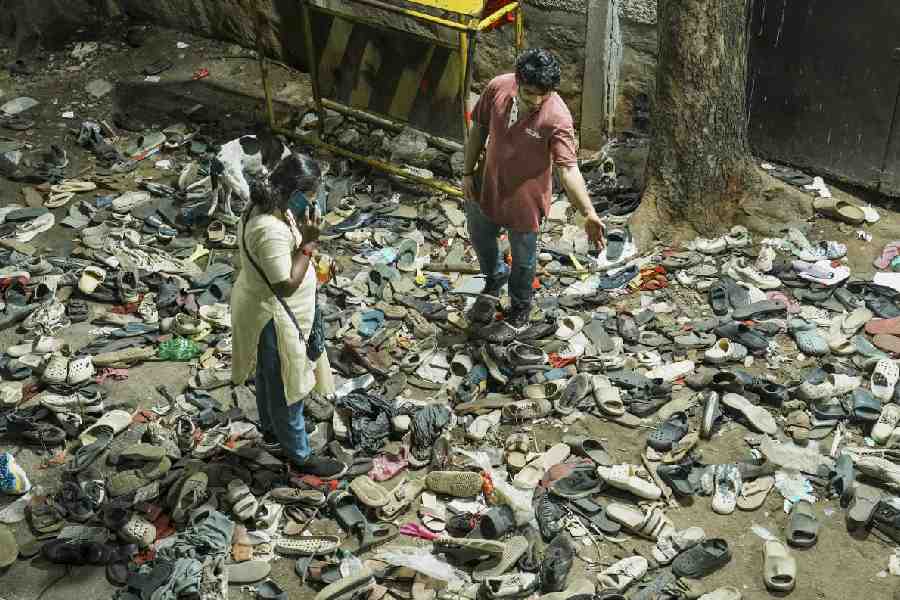 |
OPEN LETTER TO THE PRIME MINISTER
The author N. Khagendra Singh is a retired professor and now guest faculty, English department, Manipur University
I have been compelled to write this by what has been happening in Manipur during the last 30 years or so. I have seen and suffered a lot of uprisings in Manipur in the past. But there was something new and palpably ominous in the spontaneous conflagration that took place soon after the announcement of the heavily-hyped extension of Indo-Naga ceasefire from Bangkok. It was not a mere political and communal uprising: it was a mass insurrection of an outraged people having a long politico-cultural history of its own, unshakably committed to the safeguarding and maintenance of its own socio-cultural and political identity gradually built up through centuries in an ancient land having its own time-honoured territorial boundaries threatened recently by a redoubtable and ineptly drafted agreement with susceptible intentions of insidious nature signed by the Government of India and the NSCN.
Honorable Prime Minister Sir, I was really surprised to find that you, as one of the extraordinary wordsmiths among the leaders of post-Independent India, through your accredited interlocutor and Th. Muivah, one of the reputed insurgent leaders of the Northeast, have become embroiled with the notorious phrase, “as two entities without territorial limits”. I am still wondering if the Government of India and the NSCN are really “two entities without territorial limits” or if there is any politico-administrative entity in the world, having the same territorial status.
At the very outset, I would like to seek your indulgence to allow me to raise some very serious issues or questions which have been persistently rankling in my mind and, I am sure, in the minds of most Manipuris, for a long time. Before doing that, I think it would be better for me and, perhaps, for others also, to take a cue from Voltaire to define my terms clearly.
n I am a Manipuri who loves Manipur and Manipuris deeply and sincerely and who is against anyone who harms my land and my people.
nI am a teacher by profession who loves and has grown up in the sanctified and sequestered ambience of academia. I have nothing new to say on the cultural and political history of Manipur. I understand that various scholars and experts have already submitted a series of authentic documents for your kind perusal and objective assessment.
nI love the Nagas sincerely. When the Nagas prosper I feel happy and would like to share their joy. When they suffer I feel sad and my heart reaches out to them in empathy.
nI am not at all enamoured with the spirit and the process of propaganda because it does not carry with it the philosophical depth and breadth and the true imaginative power which are very important for any kind of meaningful human interaction. This is true, particularly, of false propaganda which is obscene and destructive.
After a definition of these terms of reference, I would now refer very tangentially to the history of Manipur, which has been mischievously characterised by the Nagas as being “concocted” as against their high-decibel claim of a millennium-old history of the Naga nation and the Naga country.
Then, sir, what about the approximately 2000-year-old history of Manipur, which has been authenticated by a fairly long list of documents — some of which have been published while others are yet to be published — pertaining to the pre-Hindu, the Hindu and the colonial periods in the socio-cultural and political life of the Manipuris? Some of the documents are texts written in English by same colonial officers.
The Manipuris are making no flimsy claim: we are stating a fact which is irrefutable. After all, all the histories of the world are built up on the basis of such documents and other factual evidences and not of folk tales, legends and hearsay. The important thing to be noted is that in some of these documents there are clear references to the territorial boundaries of Manipur.
But some Naga organisations recklessly charge that the history of Manipur is “concocted”. This is really something which is flagrantly outrageous. To say that the history of Manipur is “concocted” is the result of the working of the minds of some people who are in the habit of twisting and distorting facts. In addition to this they say that the Manipuris, whom they call the Meiteis, are against the extension of the ceasefire between the Government of India and the NSCN because the Manipuris are against the Naga peace process. They have called on the Manipuris to help them in bringing peace for the Nagas.
But, sir, the Manipuris were never against nor will be against the Naga peace process. We are all for peace and prosperity for the Nagas. But the peace process that they have envisaged is maliciously intertwined with the territorial integrity of Manipur. Anyone with a minimum level of common sense should be able to understand this.
I am sorry to say that the Nagas seem to have a very poor opinion or an unforgivably poor perception of the basic intelligence of the Manipuris. The Naga peace based on the claims of the provocative propaganda of the unabashed apologists for Naga peace process has serious and rancorous ramifications.
The Naga peace striding over the dismemberment and mutilation of a small land-locked state like Manipur will inevitably bring about uncontrollable chaos and irredeemable human suffering.
There are some controversial positions repeatedly mentioned in some documents submitted by the Naga leaders to the Government of India.
One of them is a provision which, they say, had been incorporated in the Manipur Constitution of 1947. I am sorry to say that the particular provision stating “the principle of equality and freedom as applied to all without discrimination of caste, creed and race shall include the right of any section of the hill people to secede at the end of the five-year period, should conditions within the Constitution not be “satisfactory”, is found nowhere in the Constitution.
Again, they refer to a clause in “the 9-point agreement arrived at between the Naga National Council” and the late Sir Akbar Hydari in June 27-29, 1947. That particular clause states that “the present administrative divisions should be modified so as to: (1) bring back into Naga hills district all the forests transferred to Sivasagar and Nowgong districts in the past and (2) bring under one unified administrative unit, as far as possible, all Nagas. All the areas so included would be within the scope of the present proposed agreement”. It is quite clear that it is a clause pertaining to the Naga hills district only.
Manipur and, particularly, the four hill districts of Ukhrul, Senapati, Tamenglong and Chandel — demanded by various Naga organisations in Manipur like the Naga Integration Committee and the United Naga Council which came into existence only in the late 1960s and afterwards, to be integrated into Nagaland — does not come within the scope of the proposed agreement.
I think a close reading of the text of the historical documents and a careful and systematic analysis of the chronology of events will go a long way in drawing Manipur and its historical boundaries out of unnecessary embroilment in the Naga imbroglio.
Again, the much-touted 16-point agreement between the Naga People’s Convention and the Government of India, supposed to have been signed by representatives of both the parties, was simply a proposal under the signature of Imkongliba, president, Naga People’s Convention. If there was at all an agreement, Manipur has no idea of this. Again, the reference to the 13th clause of the proposal is, more or less, tentative and tangential.
In the course of time, such nebulous and tentative positions are bound to be obsolescent.
n To be concluded











